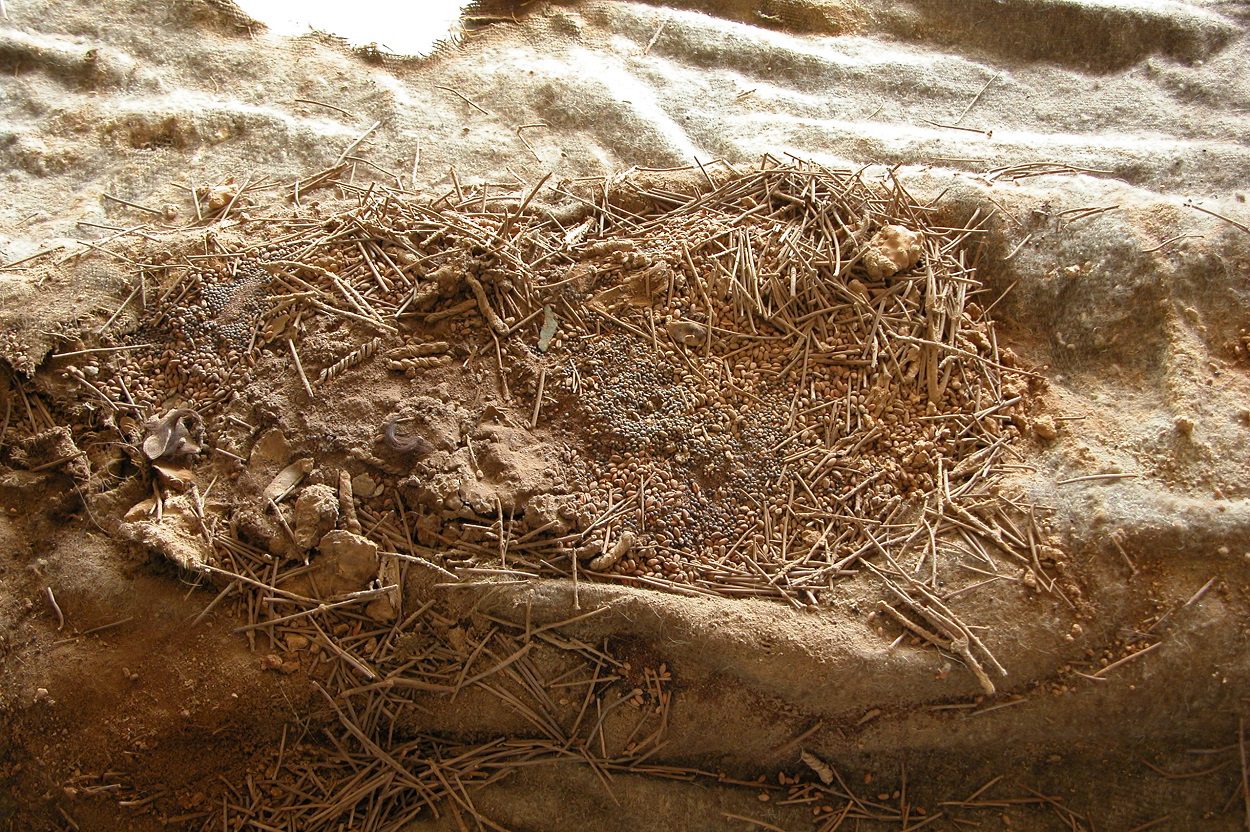Archaeologists have combined a combination of DNA analysis and ceramic studies to investigate the dissemination of broomcorn millet across Eurasia, shedding light on how regional culinary customs persisted despite the introduction of new crops.
Originating in China, broomcorn millet was typically prepared through boiling and steaming, resulting in a moist and adhesive product. In Central Asia, however, grains were commonly ground and baked into bread. When millet was introduced, locals applied their existing cooking methods to the new grain.
“It was already known that staple crops had moved long distances across the Old World in prehistory, at the same time that regional cuisines had persisted in a conservative fashion”, states author Dr Hongen Jiang from The University of the Chinese Academy of Sciences. “We didn’t know how those two opposing trends interconnected.”
To unravel this mystery, a team of researchers from various Chinese, UK, and US institutions analysed DNA from preserved millet remains in Xinjiang, China, dating from 1700 BC to AD 700. They compared this with cooking vessels to reconstruct prehistoric cooking techniques, the results of which are published in the journal Antiquity.
“Just as remarkable as the vast journeys staple crops made across prehistoric Eurasia is the enduring persistence of the regional culinary cultures that received those crops”, says Dr Jiang. “Conventional studies of ancient pottery can be combined with novel DNA science to reveal how they interconnect.”
The stickiness of broomcorn millet is influenced by specific gene variations. By analysing the DNA of grain samples, Drs. Harriet Hunt and Diane Lister from Kew Gardens and Cambridge University determined that millet grains from Xinjiang lacked the genes that make them sticky. This implies that, as millet spread westward, it retained a non-sticky consistency, even though sticky millet was prevalent in eastern China. Thus, crops extended farther west than the culinary traditions associated with them.
Ceramic evidence supports this, with eastern Chinese vessels designed for boiling, featuring a tripod base, while those in Central Asia have rounded bottoms, a design originating in the Altai mountains. Despite the introduction of millet to Xinjiang from the east, the vessels used to cook it were from the north, underscoring the survival of cooking traditions despite the incorporation of new ingredients.
The westward expansion of staple crops undoubtedly transformed the diets of the populations it reached, but culturally ingrained cooking traditions likely remained steadfast. Dr. Xinyi Liu from Washington University in St. Louis points out a parallel pattern in the opposite direction: wheat travelled eastward to ancient China about 4000 years ago, but the western grinding-and-baking tradition did not follow suit. The DNA evidence suggests that crops adapted to the people, rather than the reverse.
Header Image Credit : Antiquity Journal







